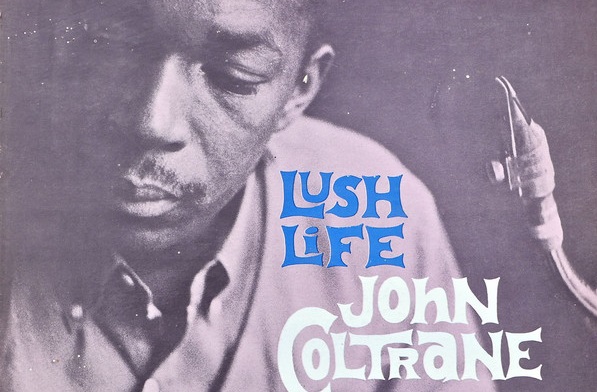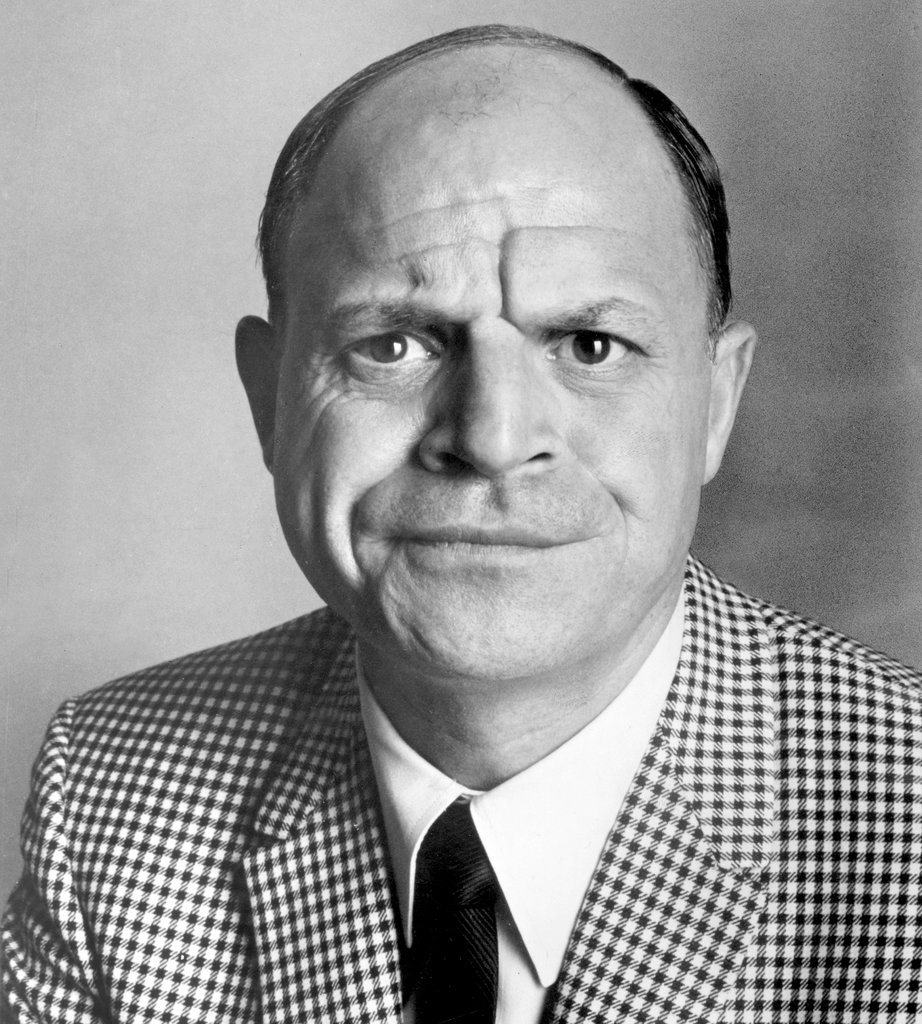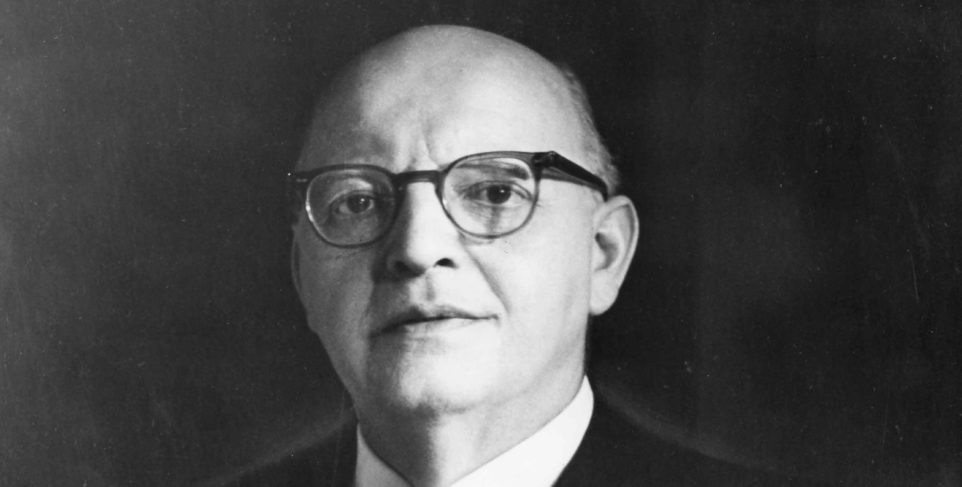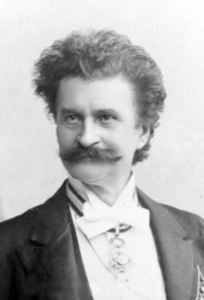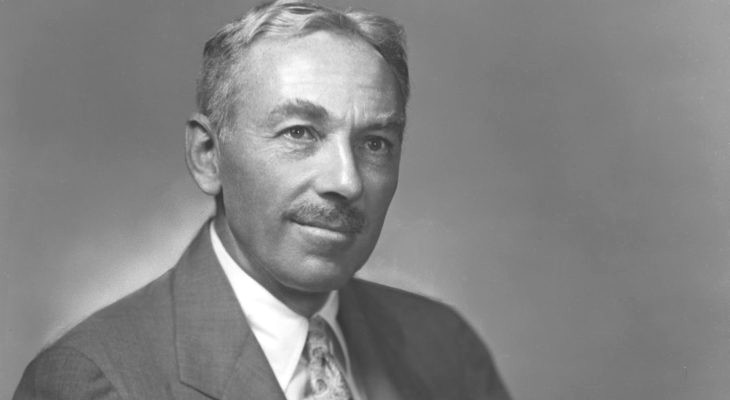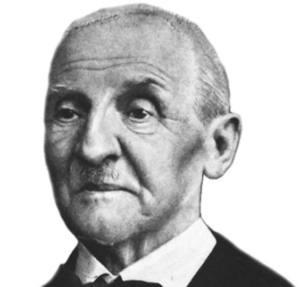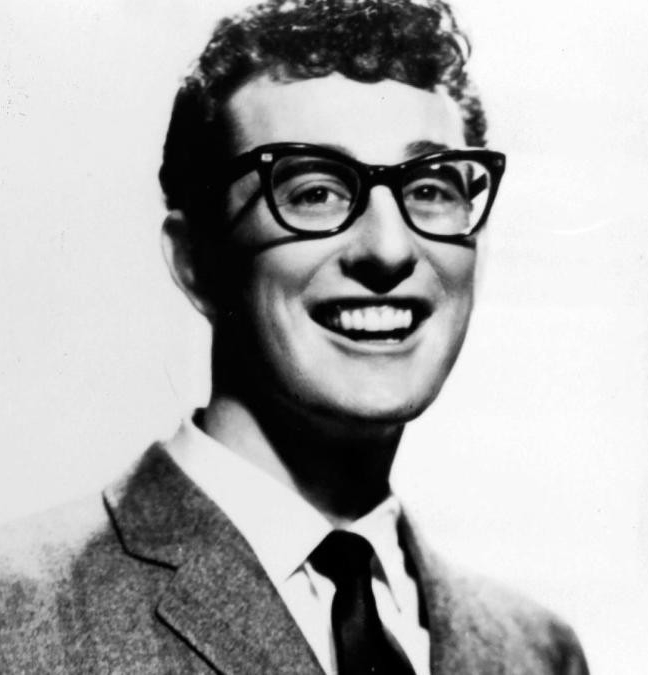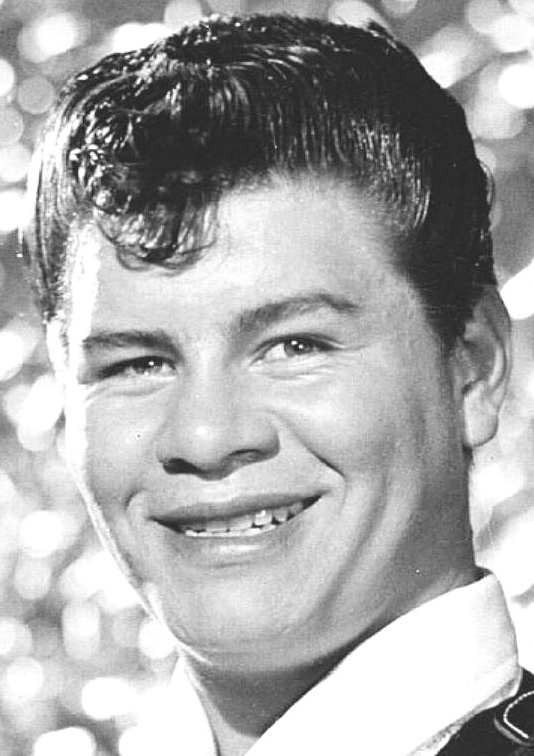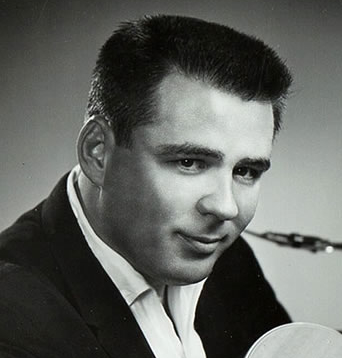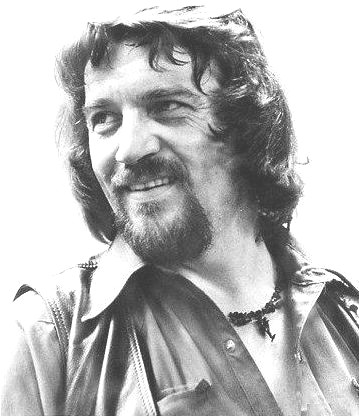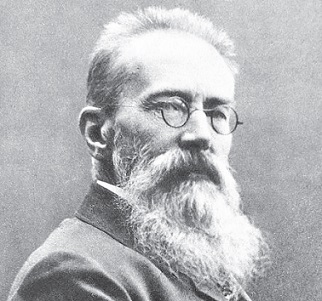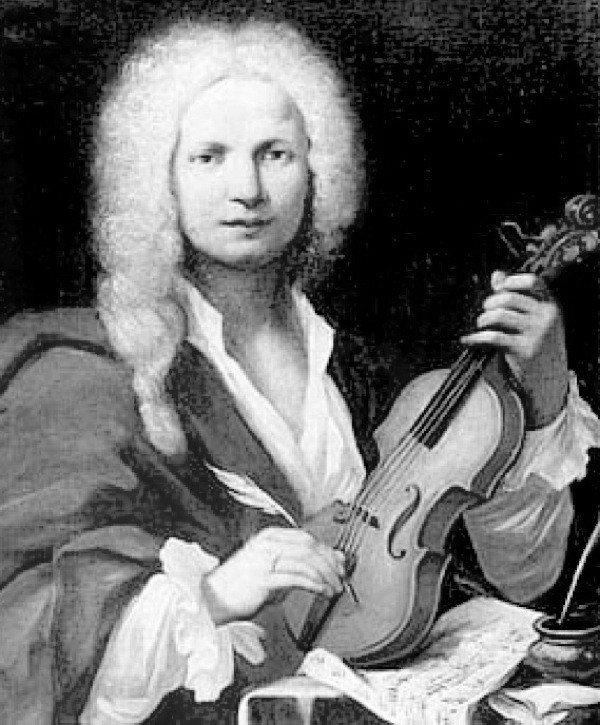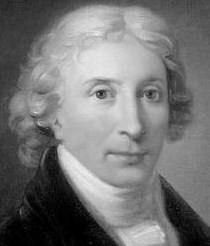REVIEW POTPOURRI: A live link from London’s Barbican Centre
 by Peter Cates
by Peter Cates
A live link from London’s Barbican Centre

Bernard Haitink
A live link from London’s Barbican Centre that I watched this past Sunday, March 10, 2019, and available on YouTube until June 10, 2019; this includes two intermission features from host Rachel Leach.
Live: Mozart Piano Concerto No. 22 (with pianist Till Fellner) and Bruckner Symphony No. 4 – London Symphony Orchestra under the direction of Bernard Haitink .
World-renowned conductor Bernard Haitink celebrated his 90th birthday on March 4, and, with guest-conducting engagements scheduled over the next several weeks, verifying that he remains at the top of his game being a consistently fine interpreter, as he’s been for the last 60 or more years, of a wide range of symphonic music.

Till Fellner
The Mozart and Bruckner have the glistening freshness of someone discovering this music for the first time. I have an earlier home-recorded cassette of the Maestro’s mid-’80s Boston Symphony 22nd PC with Alicia di Larrocha, while my first Bruckner 4th was his 1960s LP. These earlier performances prove his commitment to glistening freshness, even though, being human, he can’t achieve it every time. I have some examples of when he can be dull.
Nevertheless, this link is recommended for all fans of the conductor and for the moments of so many people showing their love and consideration for him.
I offer a few examples of his extensive recorded legacy, including his 25-plus years as music director of the Concertgebouw Orchestra of Amsterdam:
Brahms 2nd Piano Concerto with Claudio Arrau.
First Mahler 9th Symphony.
First Richard Strauss Heldenleben.
And London Philharmonic Beethoven 2nd and 9th Symphonies; and Shostakovich Leningrad and 10th Symphonies.


